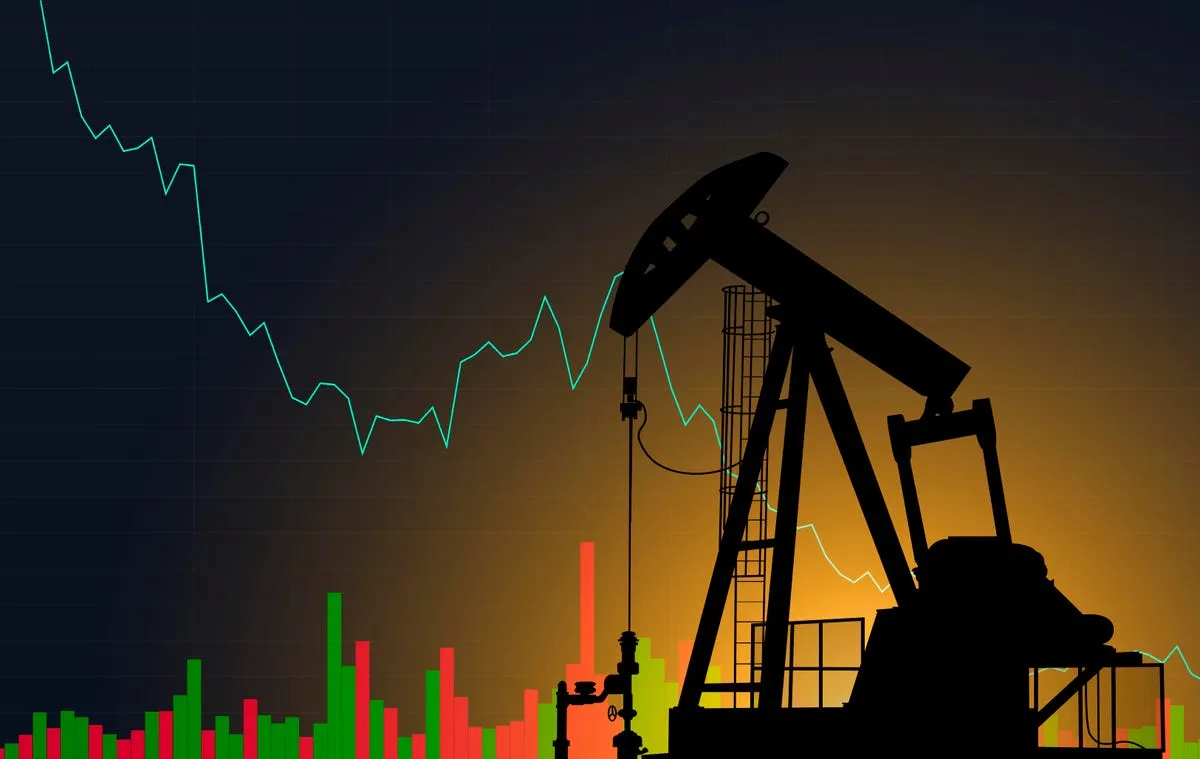Oil Boom 2023: Oil's Strong Demand and Price Conditions Don't Call for Big Adjustments.
Current crude oil demand growth is mostly focused in developing nations, as western governments prioritize energy transition policies. As long as China and India, the world's second and third-largest economies, remain on the list of emerging nations, this is sufficient to sustain solid demand and price conditions globally.
India has emerged as one of the largest purchasers of Russian crude as Europe and the United States impose more severe sanctions against the aggressor nation in punishment for its ongoing invasion of Ukraine. As of March, however, there will be somewhat less of this crude on the market, as the Putin government announced it would reduce overall output by 5%, or around 500,000 barrels of oil per day (bopd).
The Russian statement was made days after a technical committee of the OPEC+ cartel, which Russia is a crucial part of, conducted its routine digital meeting. Representatives of many OPEC+ members told Reuters that the Russians had not informed the group beforehand about the planned drop. Bloomberg, citing unnamed delegates, said that the cartel had no immediate plans to respond to Russia's action.
Amrita Sen, the co-founder of the consulting firm Energy Aspects, told Trade Algo that she expects OPEC+'s output to remain constant till 2023. "After speaking with some officials in Riyadh, the prevailing sentiment was to keep OPEC+ policy unchanged this year, regardless of price volatility,"
According to expert forecasts, solid demand and price trends for crude oil will endure throughout the year, leaving the cartel with little cause to make adjustments. The reduction in crude oil output by Russia appears to corroborate this notion.
Last week, Goldman Sachs, for example, reduced its average crude price projection for 2023 by $6 per barrel. However, the new forecast is still a healthy $92 per barrel, considerably above the projected OPEC+ goal Brent price of $80/bbl. J.P. Morgan has a similar prognosis, estimating that the annual average price of Brent will be $90. After consulting with representatives of five OPEC+ member states, Reuters reported that three of them anticipated the price of crude oil would exceed $100/bbl for at least a portion of the year.
Indeed, such an increase at some point in the year seems possible, especially in light of this Russian decrease, which would negate predictions for U.S. shale industry output increases for the year. Recent projections by the U.S. Energy Information Administration (EIA) indicate that domestic crude output will average 12,4 million barrels per day (bpd), an increase of 500,000 bpd over 2022.
It has become clear, 70 days into the year, that despite the high prices, shale drillers in the United States have chosen to limit their drilling activity. The Enverus daily count of active drilling rigs ended on February 10 at 830, a decrease of 26 since January 10.
U.S. oil and gas producers have put themselves in a pretty sweet position in developing these large shale fields, and they will be more than content to wallow in it for another year in 2023. The spending and capital discipline that investors have essentially forced upon them in recent years have resulted in solid cash flows, high profitability, and a high degree of predictability in their business plans, all of which make the life of management teams simpler and less stressful.
In the absence of a pandemic or other large global events threatening the status quo, you shouldn't anticipate any significant shifts in this dynamic.
Conclusion
Despite the ongoing conflict in Ukraine and the sanctions, price limits, export bans, and other manipulations influencing oil markets, the global sector is at a remarkable level of stability. It hence has little cause to execute significant strategic changes. All of this might change in the blink of an eye, as everyone learned the hard way in 2020. However, barring significant unanticipated events, 2023 appears to be a year in which all industry participants fight to maintain the status quo.

Subscribe to our newsletter!
As a leading independent research provider, TradeAlgo keeps you connected from anywhere.








